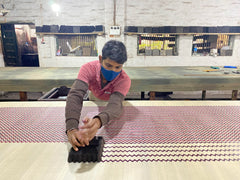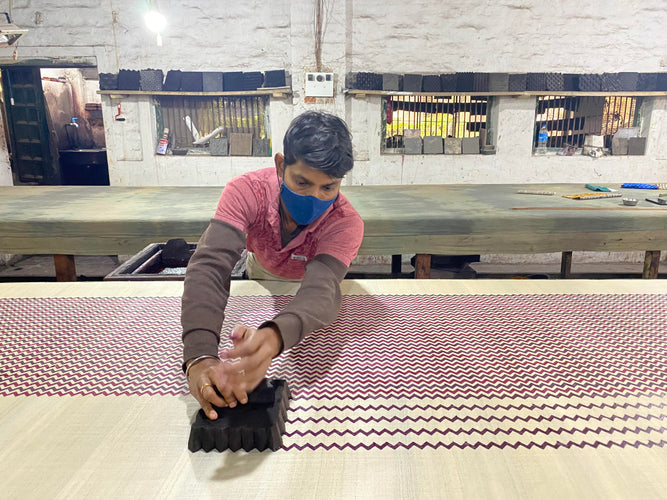How many times have you encountered a silk saree and ended up thinking about its beauty? I believe it is more than once. Mostly, every woman would think of draping it around and walking with its elegance. It is completely normal. The moment you understand the process of creating a silk saree, its value will upgrade instantly.
Silk sarees are well known for their comfort, elegance, and texture. There couldn’t be any occasion where they don’t stand out. For instance, a lady wearing a tussar silk saree can be spotted easily among a crowd of well-dressed people at a wedding, you might not know the person, yet your mind will identify them because of the saree. On many occasions, gifting a tussar silk saree is considered a status symbol because it is a little expensive than the other varieties of sarees. The journey of the saree will convince anyone that the price is worth the product quality. Our purpose is to make you live it up.
1. Cocoon cultivation
Cocoons are sold in kilograms.
They are further boiled for a few hours and then spun into silk threads.
Every single cocoon woven by the Kosa silkworms creates 1-2 grams of silk yarn.


2. Thread Making
Out of years old tradition this process is majorly done by Women till date.
At one time, 10 to 12 cocoons are commonly joint to extract thread.
The Woman’s thigh and boiled cocoons have to be equally wet.


3. Prepare Hanks
Hanks are well arranged threads in a circular way to avoid any knotting/mixing issues before it can be used.


4. Thread a Bobbin
Bobbins are structures fitted in the shuttle before looming. Small portions of silk threads are rolled in a Bobbin.
This is done by The Winding Machine like shown in the picture.


5. Set the shuttle
The Bobbin is further fitted into a Shuttle. ‘Shuttle’ is a tool that carries the thread of the weft yarn while looming. It is thrown back and forth between the thread yarns of the warp in order to weave in the weft.


6. Get the loom ready
Before the yarn is spun, the weaver’s family prepares the loom. The preparatory process of weaving has two ends - ‘warping’ and ‘wefting’
Warping is arranging yarn length wise also called ‘Tana’ and Wefting is arranging yarn breadth wise also called ‘Bana’


7. Weaving
Once the Tana & Bana are set, we are ready for weaving. In the clip, you can see how a plain Desi Kosa Silk is woven.
The weaver’s hands and legs are perfectly coordinated. It takes 2-3 days to weave a plain kosa silk saree.

8. Drying calendaring finishing saree
Unfinished saree is off the loom. It is washed, hung out for sun dry and further dyed.
Calendering: This is the finishing process where the saree is passed through calendar rolls at high temperatures to make the saree glossy, thin and smooth.


9. Job Work
Now that our plain saree is ready, we can further add value by
i) Block printing - as per your design, we can carve out Blocks for printing.
ii) Embroidery by Machine or Hand
iii) Dyeing in different styles
iv) Hand painting
v) Trying different textures









